calsfoundation@cals.org
Melbourne (Izard County)
County Seat
| Latitude and Longitude: | 36º03’34″N 091º54’30″W |
| Elevation: | 604 feet |
| Area: | 6.98 square miles (2020 Census) |
| Population: | 1,830 (2020 Census) |
| Incorporation Date: | May 4, 1878 |
Historical Population as per the U.S. Census:
|
1810 |
1820 |
1830 |
1840 |
1850 |
1860 |
1870 |
1880 |
1890 |
1900 |
|
– |
– |
– |
– |
– |
– |
– |
149 |
209 |
256 |
|
1910 |
1920 |
1930 |
1940 |
1950 |
1960 |
1970 |
1980 |
1990 |
2000 |
|
282 |
295 |
380 |
567 |
568 |
571 |
1,043 |
1,619 |
1,562 |
1,673 |
|
2010 |
2020 |
|
|
|
|
|
|
|
|
|
1,848 |
1,830 |
|
|
|
|
|
|
|
Melbourne is Izard County’s second-largest city and has served as the county seat since 1875. Located near the county’s center, it serves as a governmental and commercial center. The home of Ozarka College, it is also a regional educational center.
Louisiana Purchase through the Gilded Age
The first settlers to the area near the present town arrived before 1820. A post office, named Mill Creek, was established about one mile east of the present town on January 14, 1854. William Sublett was the postmaster. With the creation of Stone County and Baxter County in 1873, county boundary lines were redrawn, and there was a push to locate the county seat more centrally. A special election in 1875 relocated the county seat from Mount Olive to the area near Mill Creek post office. On February 16, 1876, W. C. Dixon changed the post office name to Melbourne, meaning “mill stream.” A town of one square mile was soon surveyed by county surveyor James A. Claiborne. The city was incorporated on May 4, 1878.
The city’s first house was built in 1875 by Tom Parsons; the first store, a mercantile, was built by J. R. Richardson and Brothers. Other businesses followed shortly afterward. The first newspaper, the Melbourne Clipper, was founded by James H. Graham in 1873. By 1881, the name was changed to the Izard County Register. It went out of business by 1907. The Izard County Democrat was published for a few years beginning in 1891. Henry Trevathan founded the Melbourne Times in 1896, and it is still in publication as of 2010.
The first schoolhouse was built in 1870 south of Mill Creek. A new structure constructed by 1896 burned in 1904 and was replaced by a frame structure. The school has grown over the years. As of 2010, Melbourne Public Schools is one of three districts located in the county.
Early Twentieth Century
By the beginning of the twentieth century, the city was home to four general stores, three grocery stores, two hotels, two stables, a steam grist mill, a mechanic shop, four churches, and Masonic and Odd Fellows halls.
In 1920, an Ohio investor raised hopes for tourism development when he purchased the Melbourne Cave, located about seven miles east of town. The beginnings of the Great Depression quickly ended the proposed tourist attraction. The city became more accessible with the completion of the road from Batesville (Independence County) to Mammoth Spring (Fulton County), now Highways 9 and 69, in 1925. An electricity-generating plant opened in 1928. With a generator to freeze ice, Melbourne became the site of the county’s first ice plant, operated by Owen Hunt. One year later, the road to Sylamore (Izard County) was completed, further connecting the county seat with outlying sections of the county.
During the 1930s, New Deal programs had a positive impact on the town. Many of the young men worked at Camp Sage, a Civilian Conservation Corps (CCC) camp located nearby. Workers from this camp assisted the National Youth Administration (NYA) in the construction of the new courthouse in 1938. An auxiliary camp was established about a mile north of town, with about 150 men working on the project. A woodshop was also set up to make furniture for the courthouse. A canning factory and a mattress-making shop were also established. The first concrete paved road in the town, about sixth-tenths of a mile long, was constructed by the Public Works Administration (PWA).
World War II through the Faubus Era
During World War II, many of the area men served in the armed forces. For a time, the city government operated under an all-woman administration referred to as the “Petticoat Regime.” Lily Clem served as mayor. When Sheriff Lawrence Harber was murdered in 1945, his wife, Jewel, finished out his term. The Bank of Melbourne, which opened in 1896, also had an all-woman staff during the war years.
Many local citizens found work, beginning in 1941, on the construction of the Norfork Dam. The city also experienced growth with the opening of a twenty-bed hospital and construction of new stock pens at the county fairgrounds. A city water system was added in 1947.
Population of the city remained steady in the 1940s and 1950s at about 560 residents. The road connecting Melbourne and Sage (Izard County) was paved in the 1950s. The Izard County Library opened its doors in 1951, with Ina Ramsey as librarian. That same year, the city began Pioneer Days, a festival held the first Saturday in May to celebrate the history of the area.
Modern Era
New jobs and growth came to the area when Arkansas Aircraft opened an aircraft parts assembly facility near Melbourne in 1964. The company assembled parts for Douglas Aircraft. On October 10, 1966, a new 45,800-square-foot building was opened in Melbourne. In 1967, the plant was unionized as Local 1482 of the United Auto Workers (UAW), the only union in Izard County. By the 1970 census, the town’s population had almost doubled. In 1989, a new 100,000-square-foot building was opened. At peak employment, the facility employed more than 400. Douglas soon absorbed Arkansas Aircraft, which was then merged into McDonnell Douglas Aircraft. In 1997, the company merged once again, becoming Boeing Company. An economic downturn and outsourcing of labor resulted in the plant’s closure in 2006. Buildings of former companies are now home to Broadwing, a small aircraft company, and an off-road vehicle division of Bad Boy Motors. Other major area employers that closed in the early twenty-first century were the White River Shirt Company and the Columbia Floor Company.
In the fall of 1975, Ozarka Vocational Technical School, now Ozarka College, was opened to provide vocational training to the region’s residents. In 1996, the school became fully accredited by the Commission on Institutions of Higher Education of the North Central Association of Colleges and Schools. Today, the school offers associate of arts degrees in several fields and has more than 1,600 students.
The city has been witness to a number of disasters. The courthouse was destroyed by fire in 1889 and again in 1937. Different areas of the town square burned in 1905, 1908, 1911, and 1929. On at least two occasions, the city has been damaged by tornadoes: in 1883, much of the city was leveled by a tornado, killing three citizens, and, in 1996, a tornado did considerable damage to the southern and eastern parts of the city.
Famous Residents and Attractions
Notable citizens include Congressman William Allan Oldfield, who was elected ten times beginning in 1908. Noted newspaper columnist and historian Henry Karr Shannon hailed from Melbourne, as did Read Admiral Edward Baxter Billingsley, a decorated naval officer. The town has five properties on the National Register of Historic Places, including the county courthouse.
For additional information:
City of Melbourne, Arkansas. http://www.mymelbournearkansas.com/ (accessed July 20, 2022).
Davis, Ray. “History of Melbourne, Arkansas.” Izard County Historian 4 (July 1973): 2–15.
“Melbourne Has Had Two Names, Three Court Houses and Four School Bldings.” Melbourne Times. June 26, 1936, p. 5.
Shannon, Karr. A History of Izard County. Little Rock: Democrat Printing & Lithographing, 1947.
Stowers, Juanita. The History and Families of Izard County, Arkansas. Paduchah, KY: Turner Publishing Company, 2001.
Mike Polston
CALS Encyclopedia of Arkansas
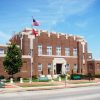
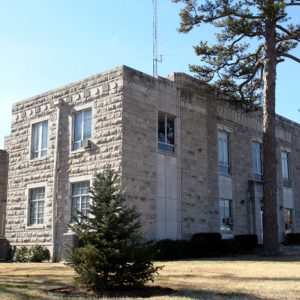
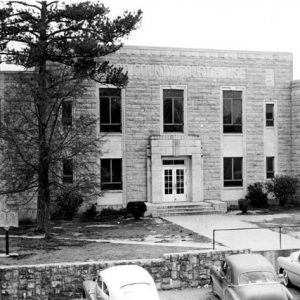
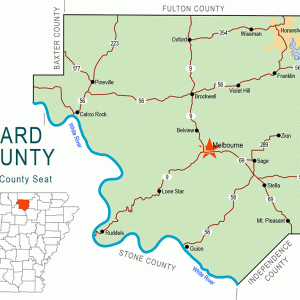
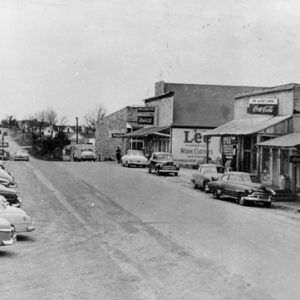
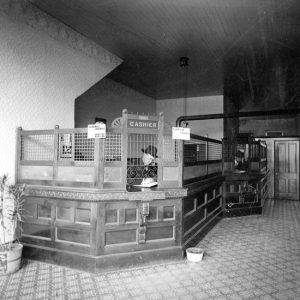
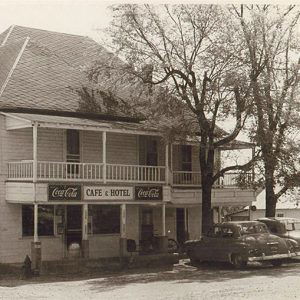
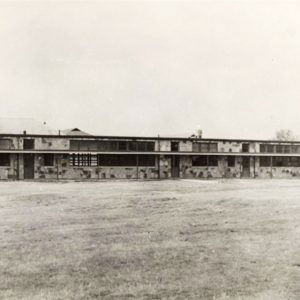
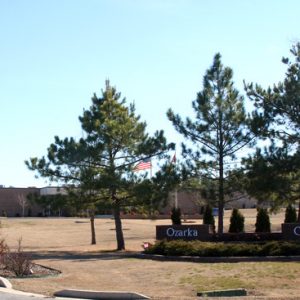
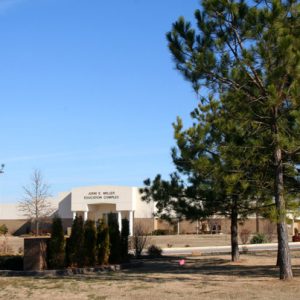




Comments
No comments on this entry yet.